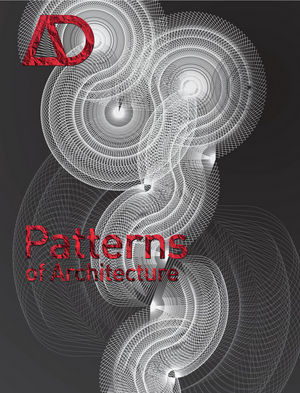Patronus
The exploration of the concept of “patronus – pattern” in architecture is presented in a captivating and insightful manner. This issue of AD, although older, continues to hold relevance in the contemporary realm of architectural design, covering various aspects of the conception and utilization of patterns. It’s comprehensive analysis and thought-provoking discourse shed light on the intricate relationship between patterns and architectural form, unveiling the potential for pattern-based design approaches to shape and enhance built environments. This is why this issue of AD is going to be a core issue for me in the future.

The word ‘pattern’ comes from the Latin pater or patronus, meaning father, patron, god, or master. This origin gives rise to the idea of pattern as a model, for example, matrix, stencil, or mold. Nowadays, pattern refers to a sequence, distribution, structure, or progression, involving repeated or similar elements. Synonyms and related concepts include habit, meme, template, motif, and configuration. Moreover, organization, arrangement, figure, tessellation, system, process, sample, duplicate, convention, and texture. Thus this multiplicity of meanings points to the manifold roles of patterns. For example, in the creation, reproduction, evolution, and processes of space.
Garcia, M 2009, ‘Prologue for a History, Theory, and Future of Patterns of Architecture and Spatial Design’, Architectural Design: Patterns of Architecture, vol 79, no 6, M Garcia (ed), Wiley, London, pp.6-18.
By recommending this journal to individuals in the field of architecture and design, I invite them to embark on a journey of exploration and enlightenment. Its contents offer a deeper understanding of the profound role that patterns. Therefore, they play in shaping our built environment. And the potential they hold for transforming spaces into immersive, visually captivating, and emotionally resonant experiences. It is a valuable resource that invites architects to push the boundaries of their creativity.








